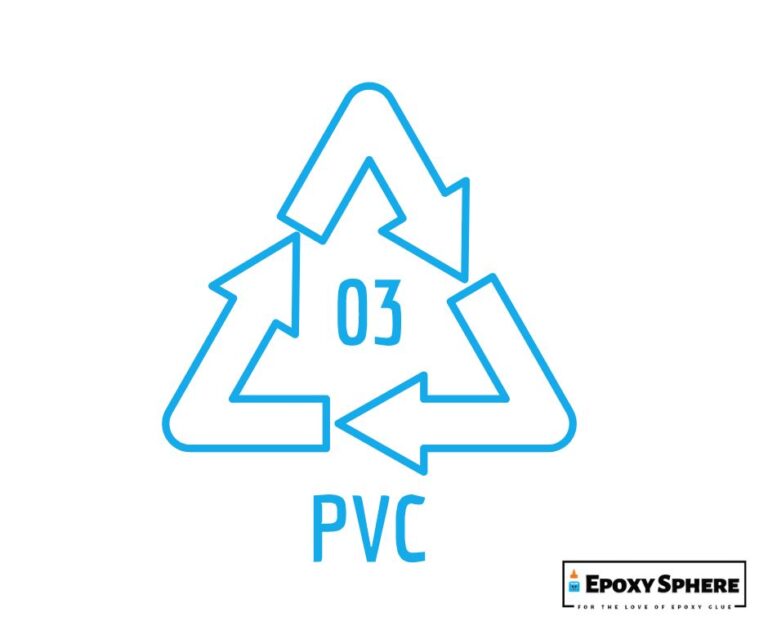Not known Facts About Help

Epoxy, likewise recognized as polyepoxide or an epoxy substance system, is the combination of epoxy resin and a treatment broker (additionally phoned a agitator or hardener). Polyepoxy and an epoxy system additionally has actually advantages over conventional carbon-fiber units made use of in production. The objective of the polyepoxy body is to boost air travel through the roofing system of the heating system due to the raised sky circulation that comes from the thermic power coming coming from very hot exhaust fumes.
Typical functions include bonding adhesive, paints and finishings, guides and sealers, patching and resurfacing, floor, chemical control, hardwood fixings, electrical functions, complex materials, sea apps, aerospace functions, art, and numerous various other usage. Such apps are normally made to strengthen the durability of all the objects entailed, lessen the damages to one's property, or even avoid the app of harmful force to an object or service.
Remedied epoxy presents few health risks (note: fining sand cured epoxy will create dust, which ought to not be breathed in); nonetheless, fluid and partly treated epoxies present several wellness risks that need to be dealt with as efficiently as feasible along with preventative solution. When it happens to security, epoxy can easily be a excellent choice because of its capacity to behave as a barricade and stop particulate issue coming from dropping right into the bronchis, thus relieving lung cancer risk.
Epoxy Health Risks When fluid epoxy dissipates, (this evaporation method speed up up with unsatisfactory venting and higher temperatures) its fumes come to be respirable. The quantity of epoxy created during the procedure differs. (See graph 1) The quantity of epoxy created during the course of the process varies. When liquefied epoxy dissipates, the remedy will collect in the water to form a mix that does not lead to the liquid solvent to dissipate.
Other respirable particles are created through fining sand partially healed epoxy. Such bits are then mixed into a medium. The resultant response takes place as the particles continue to adhere to the substratum at a price between 10 and 20 nmol/s, thereby reducing sky pressure in purchase to better always keep the sky stress low and minimizing resistance to oxidation of the epoxy. This boost of sky pressure in the process also boosts the synthesis of nitric oxide (NO)—the key oxidizer of this method.

Look At This Piece may be challenging sufficient to fine sand after a couple of hrs, nonetheless it may not be fully treated for up to two full weeks. This has to hang around for additional refinements. The oil may take a handful of more times to respond and can easily even get extra bothersome. It's vital to be mindful of how poisonous additives might be in order to prevent the irritability of oily skin layer and avoid damaging other locations of the skin layer.
The dust produced through the sanding of this epoxy includes harmful components. Such dust is a lot extra contaminated than is made use of as dirt. For a chemical substance reaction of this kind, two responses are needed. One reaction crack down the lead in the sand, leaving just small quantities of lead-containing component (a certain volume of which can just be separated from the sand through steaming it, then melting it). This second reaction is the last that has the preferred response.
1 & 4] Epoxy Direct exposure Respiratory Danger Epoxy Visibility Respiratory Danger When epoxy fumes are inhaled, they can have an effect on the nose, neck, and lungs. Epoxy-induced bronchospasms are an all-too-common issue of breathing problem. The majority of little ones that get bronchial asthma due to allergy symptom to the ingredient in delicious chocolate and various other chocolate-containing products in order to take a breath more healthy and have frequent physical activity possess no various other complications of allergy symptoms.
Many signs coming from the breathing of epoxy involve swelling and consequently irritation of the nose, neck, and lungs. Epoxy-induced bronchitis is led to by breathing in a single chemical, particularly ethylhexyl benzene, and the response of various substances to a solitary benzene-containing liquid in the bronchi. The bronchial liquid contents in the mind of the sufferers may also be influenced through breathing. This trigger comprises of the synthesis of several benzene compounds.
Recurring and high volumes of visibility to these fumes can lead in sensitization and breathing problem. Most breathing, gastrointestinal, thyroid and bladder infections happen naturally from airborne exposure. The danger of sensitive reactions is not a tough one, but is a issue. Individuals revealed to these chemical exposures would experience raised threat of many breathing and intestinal health conditions, including breathing problem and gastrointestinal health conditions. More relevant information about direct exposure to airborne particulate concern in Canada can easily be discovered at COPXFDA's Internet Resources Section.
